What wave pools can learn from the river surfing movement
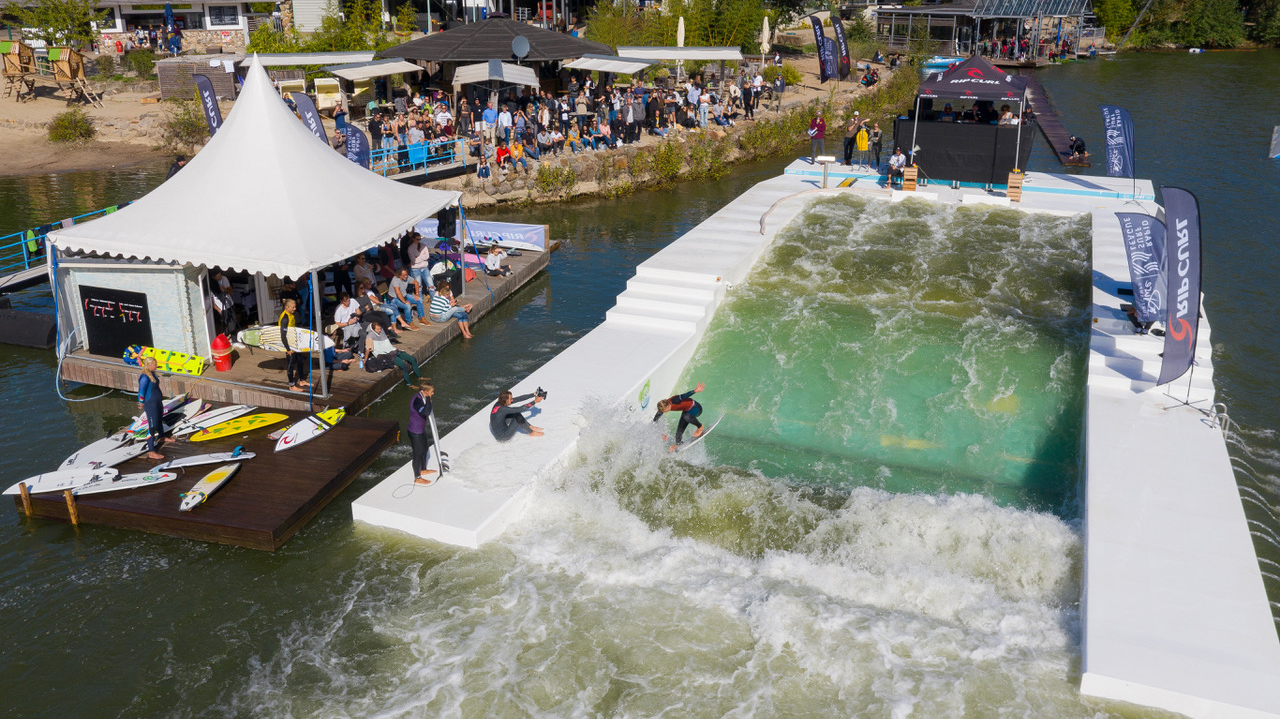
Quirin Rohleder shares how surfing in a tight space in the middle of a city, spawned standing wave pools and a professional tour.
Did river surfing start the whole wave pool movement? In some ways, yes. At least for small spaces.
If you haven’t walked through Munich Germany on a nice, summer day it’s really incredible. Tour past the beautiful architecture – rebuilt reconstructions since the city was bombed out in WWII – and you’ll see billboards with the Eisbach River wave promoting everything from Canon cameras to civic pride.
A handful of river surfers at the Eisbach redefined our collective perception of what is surfing. This group told the world that surfing was not just for the ocean. The concept that you can surf rivers, opened the door to river wave pools, or standing wave pools.
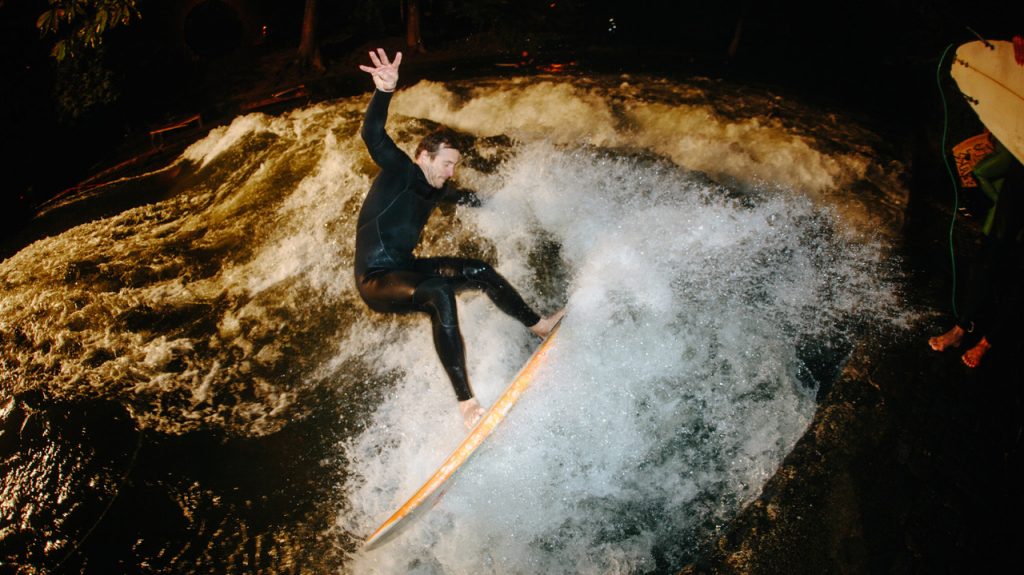
And while a standing wave pool will never match Kelly Slater’s wave, remember that not everyone has a football stadium-sized chunk of California land to develop. There will be many more pools constructed in densely-populated-small-footprint locations. These wave pools will take their cue from the Eisbach. River surfing is the old school to the new wave pool boom aimed at tight urban spaces.
Today there are roughly half a dozen standing wave pool designs ready to take on the world. We thought it’d be good to take a look at the Eisbach-wave pool connection through one of the Eisbach’s best surfers, Quirin Rohleder.
Part of the old school crew, he’s been surfing the Eisbach since the late ‘80s and was the first one to push performance beyond just snaking back and forth between the banks. He introduced acid drops, 360s, airs and a lot of skate moves to the Eisbach that previously only existed in the domain of Christian Fletcher.
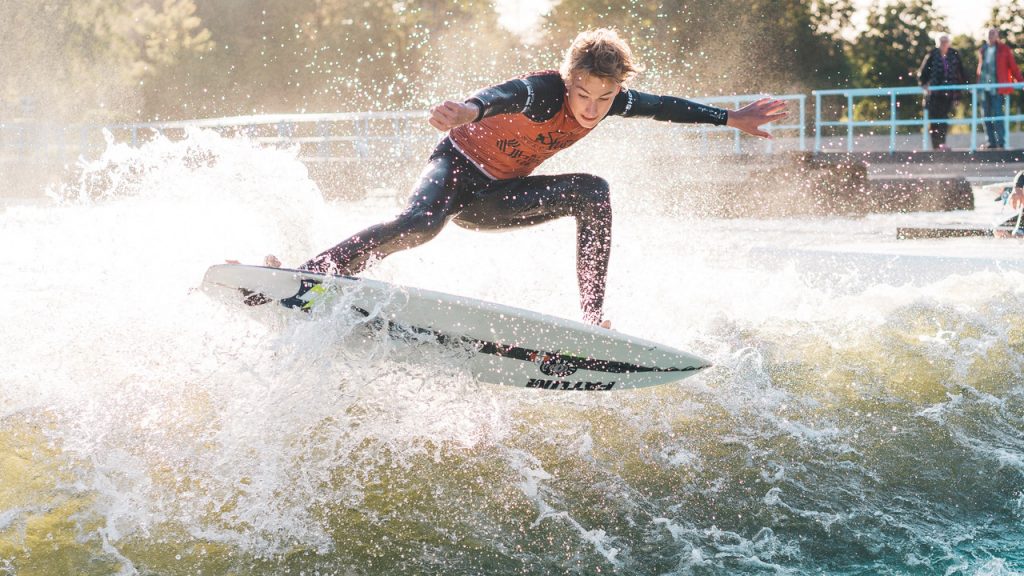
What is it like being a German surfer? Not being near traditional waves, are you more open to what’s defined as “surfing”?
To be a German surfer is a tough one. If you’re not from Munich or live on the coast up North
Share with us what it was like transitioning from a river wave to ocean waves.
To be honest, it was quite easy for me. Of course there was a lot to learn and there still is, but growing up surfing the Eisbach helped a lot. Once you’re on your board it’s not the same but you obviously know what to do with it. Want to know a fun fact? I practiced duck diving in a lake nearby and take-offs at the river as well. So the most difficult thing at the beginning was knowing where to paddle out and read waves. The rest was fairly easy. In small waves of course.
It’s such a tight arena at the Eisbach with lots of people so close together. What are some of the more bizarre things you’ve seen happen there over the years?
Ha,
Once a guy‘s leash got tangled on one of the concrete blocks. Due to the current, it is impossible to get to the velcro. I jumped in tried to grab him but the leash wouldn’t snap. So I ran back up and jumped in again while the guy was pretty much underwater the whole time. The second time I held on to him really good and the leash finally snapped. That was a close one. Been surfing ever since without a leash.
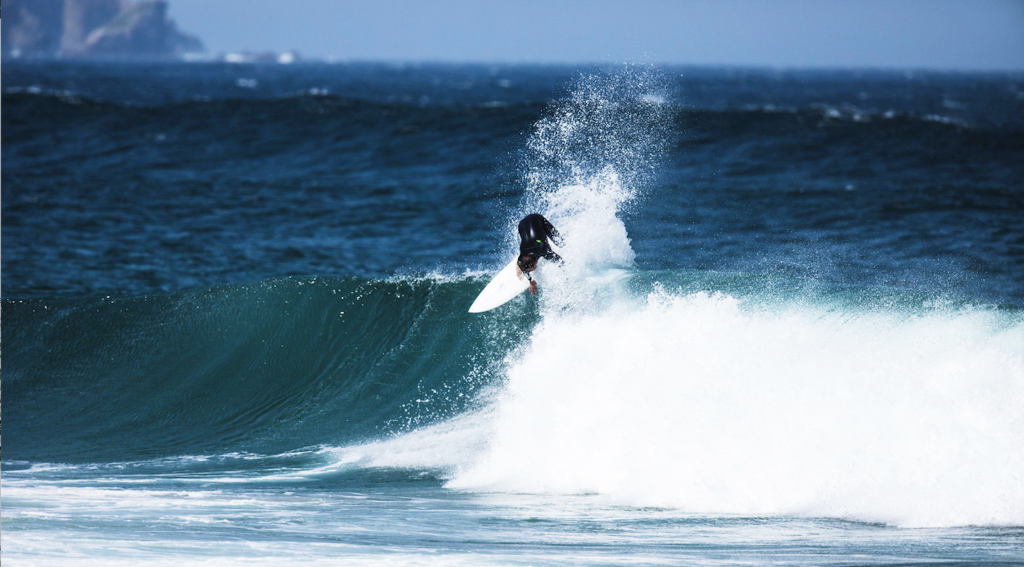
How has the Eisbach influenced wave pool design?
In the early
Standing wave surfing evolved into a professional sport with its own tour. Tell us about that.
When I saw all these artificial waves popping, up I thought it was time for a sports league. I thought the time was right. And the success of the Rapid Surf League in 2018 proves that. We took the most important contests from the past and created
The Pure Surfcamps Rapid Surf League 2019 will kick off June 1st 2019 at the Jochen Schweizer Arena outside Munich, followed by Divoka Voda, Cunovo, Bratislava from the 2nd – 4th of August finishing on the 14th of September at Surf Langenfeld in Langenfeld.
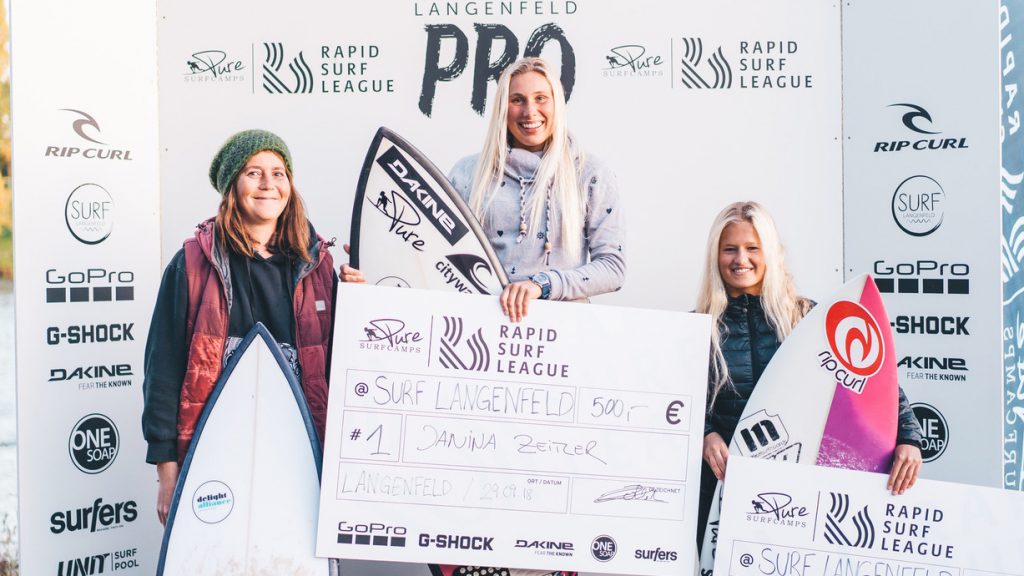
An open-ended question here but you’re the person to answer it best. You found out rivers could be surfed, which in turn shaped the standing wave pool designs we see today. What do you think is the next step?
Look into your crystal ball and dream up the next wave pool. What’s it look like
I actually discussed the future with one of the best rapid surfers the other day. We imagined a 16 meter wide powerful wave that had a good kicker after 8 meters (like we have at the Eisbach). The young kids do massive tail high reverses over that kicker at the Eisbach. So we imaged what’s possible if you have another 7 meters after the kicker. The possibilities are endless when it comes to maneuvers. And it’s super important that we keep pushing the natural projects. Only with waves where people have easy access can create scenes and communities.
Germany will see its first wave in a river being finished by summer 2019 in Pforzheim. Another project in Austria is about to get underway as well. I hope these projects will trigger more projects.
Trackback from your site.
Related Coverage
